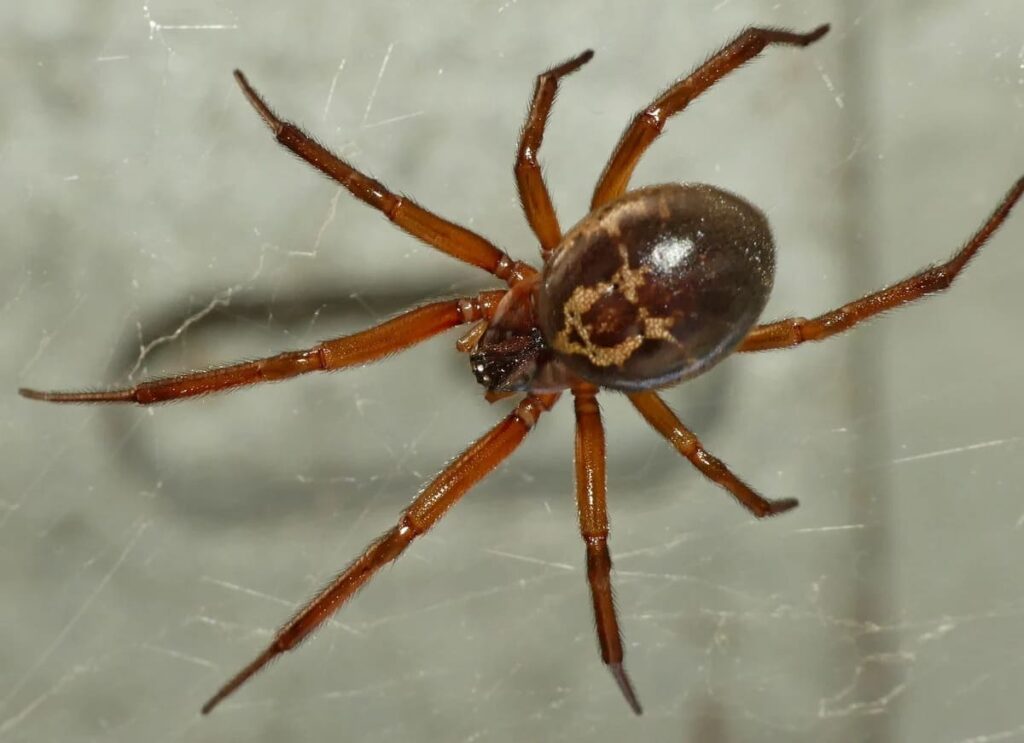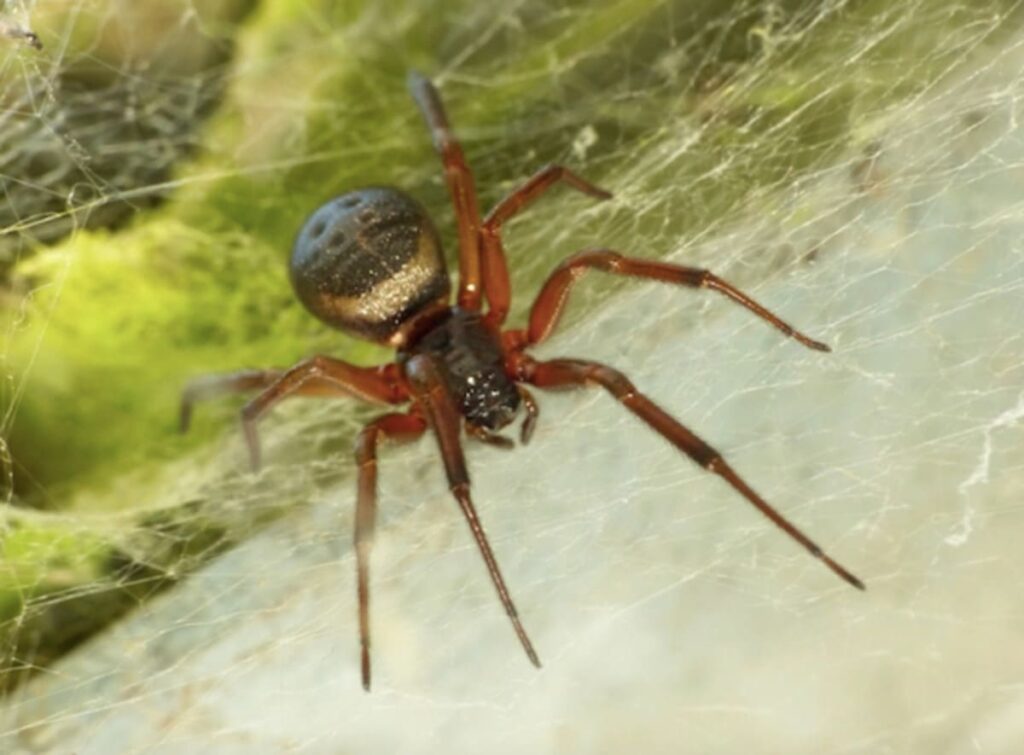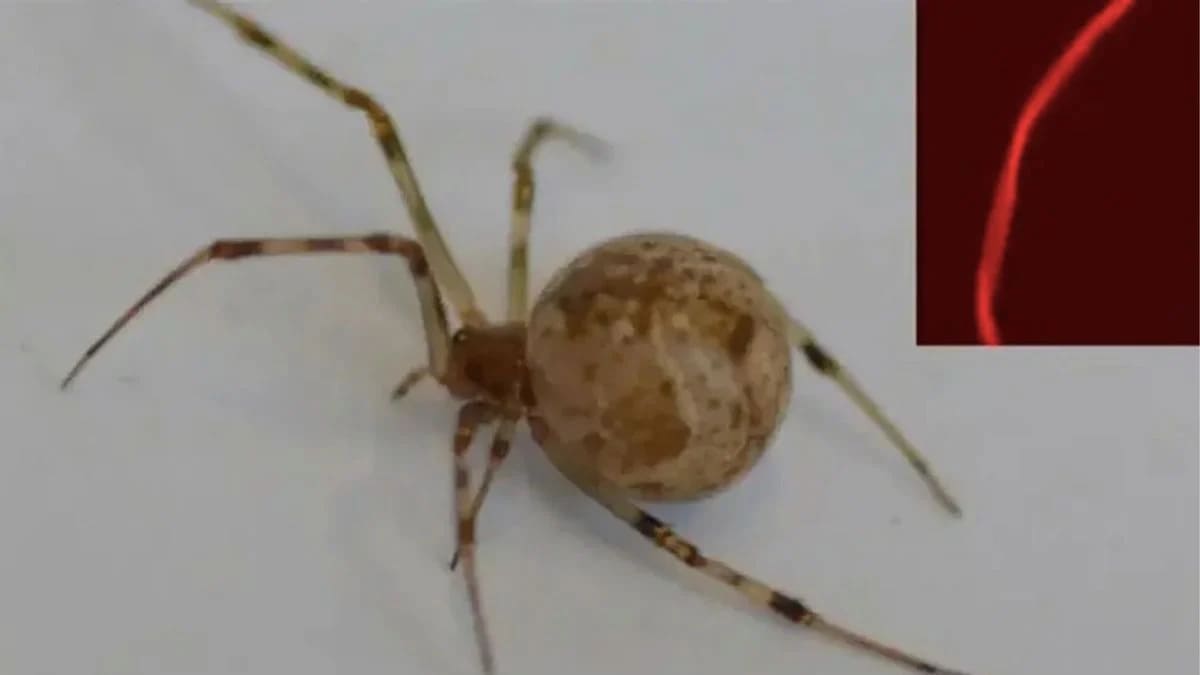It sounds like something from a sci-fi movie, but it’s real: scientists have successfully reprogrammed a spider to spin bright red silk.
A glowing first in genetic science
Spiders, fascinating as they are, aren’t exactly the most cooperative lab subjects. Try getting one to sit still for a blood test and you’ll understand the challenge. But a team of researchers in Germany has cracked a major milestone: they’ve genetically modified a spider for the first time, giving it the ability to produce fluorescent red silk.
The breakthrough, recently published in Angewandte Chemie, used the powerful CRISPR-Cas9 gene-editing tool—yes, the same one that earned its inventors a Nobel Prize. While CRISPR has already helped create malaria-resistant mosquitoes and red-eyed wasps for visual tracking in experiments, spiders had always been elusive targets—until now.
The team focused on a species called Parasteatoda tepidariorum, a common house spider that’s proved surprisingly suitable for this kind of work. By injecting a gene that encodes a red fluorescent protein into unfertilized spider eggs, the scientists were able to pass the modification down to future generations.
And just like that, out came webs that glow ruby red under UV light. Yes, really.

Spider silk: stronger than steel, now with extra flair
Spider silk has long been the holy grail of biomaterials. Lightweight, biodegradable, incredibly stretchy, and pound-for-pound stronger than steel—nature nailed the formula. Now, with the ability to customize the silk’s properties at the genetic level, the possibilities are expanding fast.
One of the researchers explained it simply: this is the first time CRISPR has been used to insert a custom protein into spider silk, adding new functions to the already extraordinary fiber. That opens the door to some truly imaginative applications—from ultra-strong surgical sutures that glow under specific lighting to wearable tech that reacts to your environment.
And that’s just the start.

From UV threads to medical breakthroughs?
This red silk isn’t just for show. By altering silk proteins at the genetic level, scientists believe they can engineer silk with a wide range of functional traits. Think of it as programmable thread: one day it could carry medication directly into the body, detect toxins in the air, or help build next-generation flexible electronics.
The red glow simply proves the concept. If we can add fluorescence, we can eventually add strength, elasticity, or even chemical reactivity.
The ability to modify spider silk so precisely marks a leap forward in synthetic biology. Instead of relying on artificial materials, we’re learning to fine-tune what nature already does so well—and giving it a futuristic twist.
So yes, the idea of red silk-spinning spiders might make your skin crawl. But from a scientific perspective, it’s nothing short of dazzling.
Similar Posts:

Joe is a passionate news writer with a keen interest in current events. With over a decade of experience in journalism, he has a knack for uncovering the stories that matter most. Joe’s insightful articles and in-depth analyses have made him a trusted voice in the industry. He thrives on staying ahead of the news curve, providing readers with timely and relevant information. Whether it’s breaking news, politics, or social issues, Joe dedication to the craft ensures that his readers are always well-informed.
